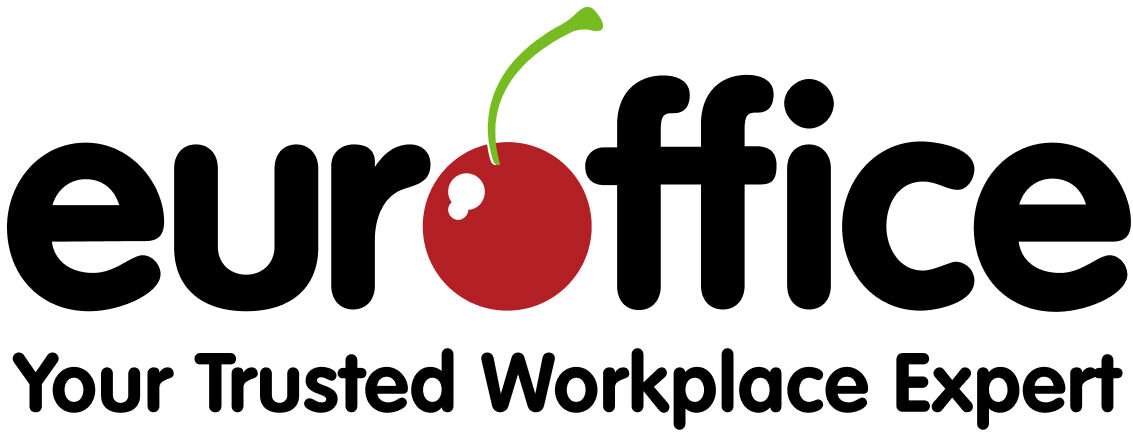With 2014 just a distant reminder and 2015 well underway, some of us made our usual resolutions to “Be more active” or “Eat more healthily” once the bells had tolled midnight and the New Year had been welcomed in. Fact of the matter is that you needn’t leave it until a New Year has been welcomed in.
Healthy eating shouldn’t be about strict dietary limitations, staying unrealistically thin, or depriving yourself of the foods you love. It should be about feeling great, having more energy, and stabilizing your mood.
With all the conflicting nutrition and diet advice out there you can feel overwhelmed, you’re not alone. To be successful you need to think about planning a healthy diet as a number of small, manageable steps rather than one big drastic change. If you approach the changes gradually and with commitment, you will have a healthy diet and a healthier lifestyle sooner than you think.
You may also wish to seek a consultation with your G.P. before you start your diet to find out if your choice of diet is suitable for you.
Simplify the task. Instead of being concerned with counting calories or portion sizes, think about your diet in terms of colour, variety, and freshness. This way it should be easier to make healthy choices. Focus on finding foods you love and easy recipes that incorporate a few fresh ingredients. Gradually, your diet will become healthier and more delicious.
Start as you mean to go on. Make changes to your eating habits over time. Trying to make your diet healthy overnight isn’t realistic or smart. Changing everything at once usually leads to cheating or giving up on your new eating plan. Make small steps, like adding a salad (full of different colour vegetables) to your diet once a day or switching from butter to olive oil when cooking. As your small changes become habit, you can continue to add more healthy choices to your diet.
Every change you make should help to improve your diet and changes matter. You don’t have to be perfect and you don’t have to completely eliminate foods you enjoy to have a healthy diet. Set yourself a long term goal to feel good, have more energy, and reduce the risks of poor health. Don’t let mistakes or poor choices derail you, every healthy food choice you make counts.
Water helps flush our systems of waste products and toxins and it is an essential part of any diet. Many people go through life dehydrated causing tiredness, low energy, and headaches. It’s common to mistake thirst for hunger, so staying well hydrated will also help you make healthier food choices.
Exercise is also an essential part of any diet or healthy lifestyle. Find something active that you like to do and add it to your day, just like you would add healthy greens, blueberries, or salmon. The benefits of exercise are abundant and regular exercise may even motivate you to make healthy food choices a habit.
People automatically think of healthy eating as an all or nothing proposition, but it is key to a healthy diet. Moderation is also vital to your success. But what is moderation? In simple terms, it means eating only as much food as your body requires. Your aim is to feel satisfied at the end of a meal, but not stuffed.
Moderation is also about balance. Despite what certain fad diets would have you believe, we all need a balance of carbohydrates, protein, fat, fibre, vitamins, and minerals to sustain a healthy body.
The aim of healthy eating is to develop a suitable diet that you can maintain for life, not just a few weeks or months, or until you’ve hit your ideal weight. For most of us, that means eating less than we do now. More specifically, it means eating far less of the unhealthy stuff (refined sugar, saturated fat, for example) and replacing it with the healthy (such as fresh fruit and vegetables).
But it doesn’t mean eliminating the foods you love. Eating bacon for breakfast once a week, for example, could be considered moderation. It will only be considered as moderation if you follow it with a healthy lunch and dinner but not if you follow it with a take-away and some chocolate cake.
If you eat 100 calories of chocolate in the afternoon, balance it out by deducting 100 calories from your evening meal. If you’re still hungry, fill up with an extra serving of fresh vegetables. Try not to think of certain foods as “forbidden”. When you cut out certain foods or food groups, it is natural to want those foods more, and then you will feel like you have failed if you give in to temptation.
If you are drawn towards sweet, salty, or unhealthy foods, start by reducing portion sizes and not eating them as often. If the rest of your diet is healthy, eating a “forbidden food” once a week probably won’t have too much of a detrimental effect on your health. Eating junk food just once a month will have even less of an impact. As you reduce your intake of unhealthy foods, you may find yourself craving them less or thinking of them as only occasional indulgences.
Think about serving yourself smaller portions. Serving sizes have greatly increased recently, particularly in restaurants. When you eat out, choose a starter that is healthier or choose to not have one at all, split a dish with a friend if appropriate, and don’t order anything from the menu that is considered or classed as a larger portion.
At home, use smaller plates, think about serving sizes in realistic terms, and start small. If you don’t feel satisfied at the end of a meal, try adding more leafy green vegetables or rounding off the meal with fresh fruit. Portions of meat, fish, or chicken should be a quarter of the size of the plate. Always accompany these with the healthier option from the menu.
Eating with others will also help you. Eating with other people has numerous social and emotional benefits particularly for children. Eating in front of the television or computer often leads to mindless overeating. Take time to chew your food and enjoy mealtimes. Chew your food slowly, savouring every bite.
We tend to rush though our meals, forgetting to actually taste the flavours and feel the textures of our food. Reconnect with the joy of eating. Listen to your body. Ask yourself if you are really hungry, or have a glass of water to see if you are thirsty instead of hungry. During a meal, stop eating before you feel full. It actually takes a few minutes for your brain to tell your body that it has had enough food, so eat slowly.
Eat breakfast, and eat smaller meals throughout the day. A healthy breakfast can jump-start your metabolism, and eating small, healthy meals throughout the day (rather than the standard three large meals) keeps your energy up and your metabolism going. Avoid eating at night. Try to eat dinner earlier in the day and then fast for 14-16 hours until breakfast the next morning.Early studies suggest that this simple dietary adjustment like eating only when you’re most active and giving your digestive system a long break each day actually may help to regulate weight.
After-dinner snacks tend to be high in fat and calories so are best avoided. Fruits and vegetables are key to a healthy diet. They are low in calories and nutrient dense, which means they are packed with vitamins, minerals, antioxidants, and fibre. Unfortunately, most people are falling short of the recommended daily minimum of five servings of fruit and vegetables. In fact, most of us need to eat twice the amount we currently eat.
If you are successful in planning your diet around fibre rich fruits, vegetables, whole grains, lean protein, and good fats, you may find yourself naturally cutting back on foods that can get in the way of your healthy diet like sugar and salt.
Sugar causes energy highs and lows and can add to health and weight problems. Reducing the amount of sweets, chocolates, cakes, and desserts we eat is only part of the solution. Often you may not even be aware of the amount of sugar you’re consuming each day. Large amounts of added sugar can be hidden in foods such as bread, canned soups and vegetables, pasta sauce, margarine, instant mashed potatoes, frozen dinners, fast food, soy sauce, and ketchup.
Avoid sugary drinks. One 12-oz cup of fizzy drink, unless it is zero sugar has about 10 teaspoons of sugar in it, more than the daily recommended limit! Try sparkling water with lemon or a splash of fruit juice. Buy unsweetened foods and then add to it what is recommended. Sweeten foods yourself but remember to moderate your intake. Eat naturally sweet food such as fruit, peppers, or natural peanut butter to satisfy your sweet tooth. Keep these foods handy instead of chocolate or sweets.
Salt is another ingredient that we consume too much of. Eating too much salt can cause high blood pressure and lead to other health problems. Try to limit sodium intake to 1,500 to 2,300 mg per day, the equivalent of one teaspoon of salt. Avoid processed or pre-packaged foods. Processed foods like canned soups or frozen dinners contain hidden sodium that quickly surpasses the recommended limit.
Be careful when eating out. Most restaurant and fast food meals are loaded with sodium. Some offer lower-sodium choices or you can ask for your meal to be made without salt. Most gravy and sauces are loaded with salt, so ask for it to be served on the side.
Opt for fresh or frozen vegetables instead of canned vegetables. Cut back on salty snacks such as potato chips, nuts etc. Check labels and choose low-salt or reduced-sodium products, including breakfast cereals. Slowly reduce the salt in your diet to give your taste buds time to adjust.
Sometimes it can feel as though eating a healthy diet, getting enough exercise and finding the time to find yourself is impossible. But learning to live a healthier lifestyle is easy when you change one small thing at a time.
Written by Greg Morriss for Euroffice.



